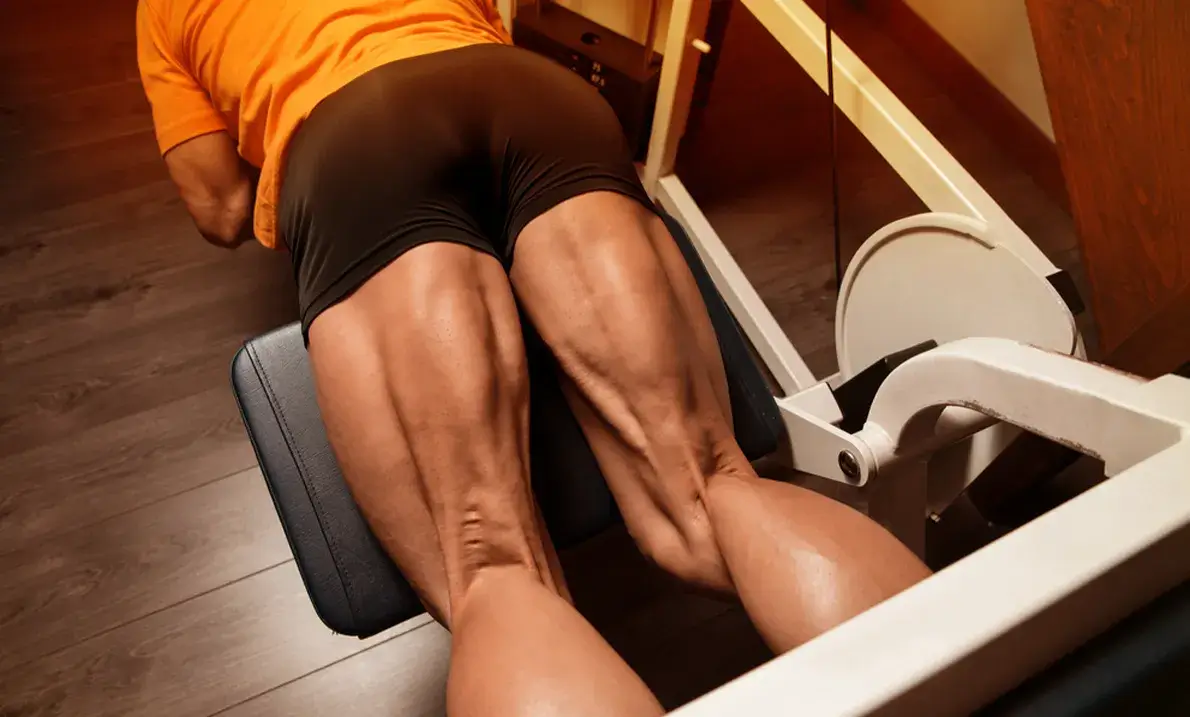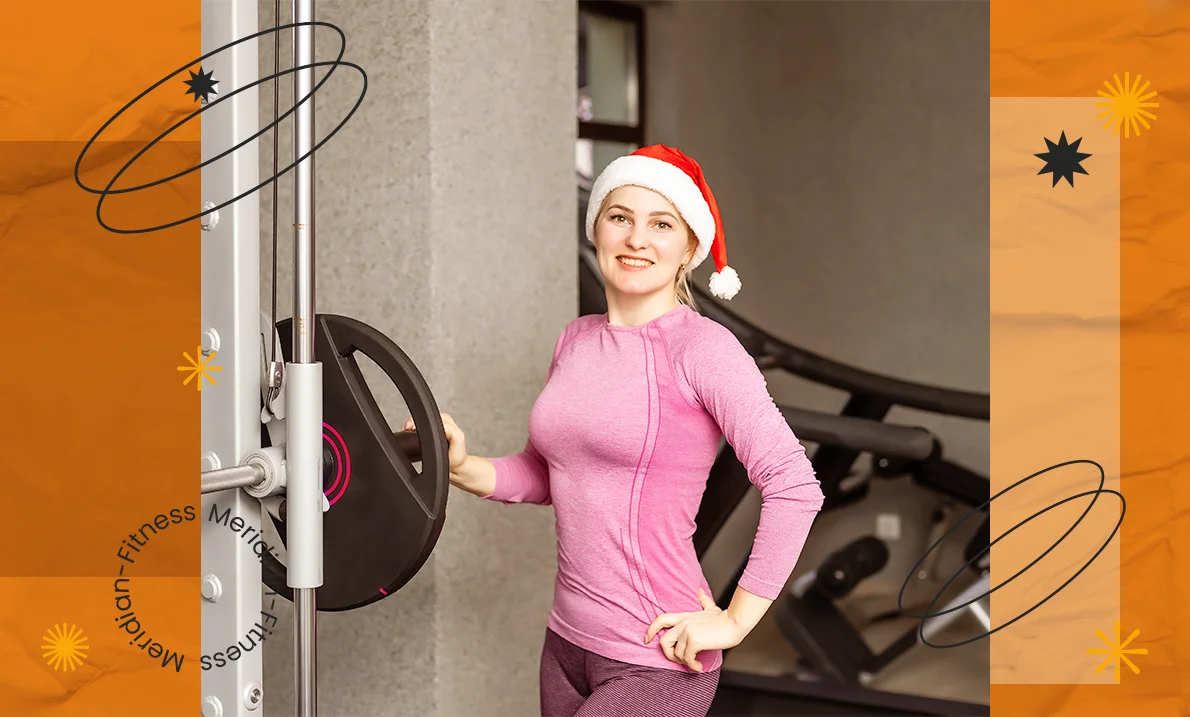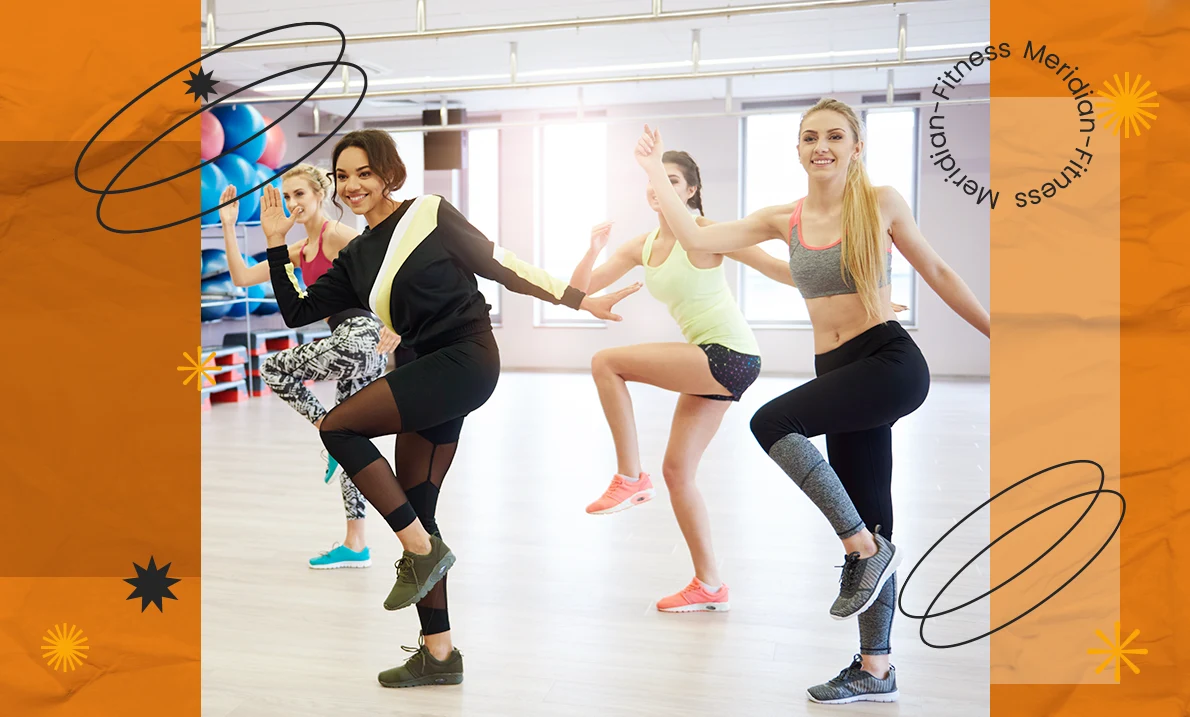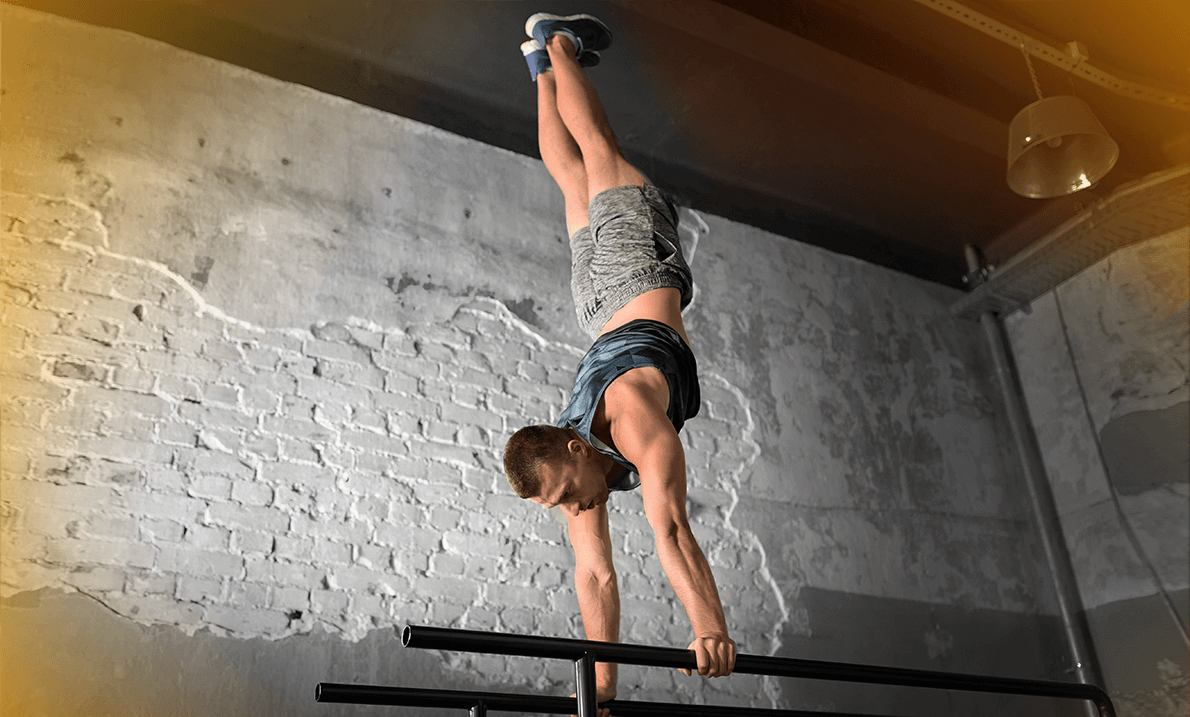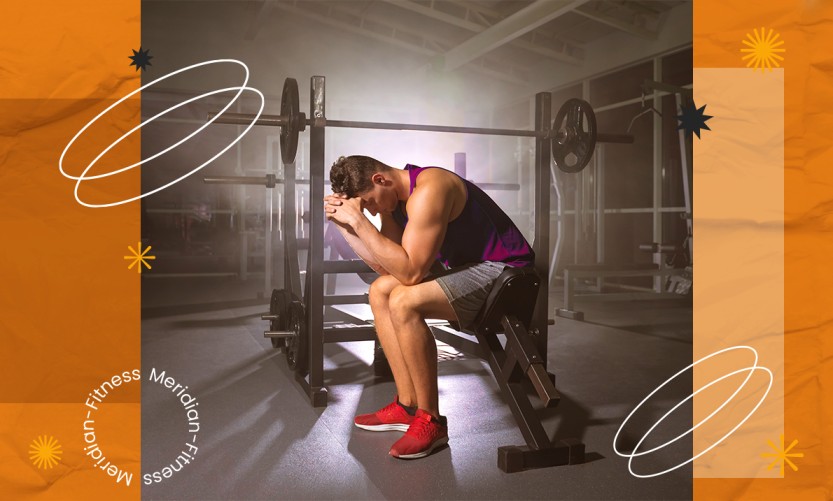Let’s talk hamstrings. They’re not the most glamorous muscles, and they don’t get nearly as much attention as your biceps or abs, but make no mistake, strong hamstrings are the secret sauce to power, stability, and injury prevention. Whether you’re sprinting, lifting, or simply sitting at your desk, your hamstrings are working hard behind the scenes. So, how do you make them even stronger? Let’s get into it.
Why Strong Hamstrings Are Essential?
Let’s start with why you should care about your hamstrings in the first place. These muscles, running along the back of your thighs, are responsible for two key movements: bending your knees and extending your hips. Sounds simple enough, right? But think about how many activities rely on those motions—walking, running, jumping, squatting, and even standing upright.
Weak hamstrings can lead to poor posture, imbalances in the body, and a higher risk of injury, especially if you’re active in sports or fitness. Strong hamstrings, on the other hand, contribute to better mobility, more explosive power, and greater overall strength.
Top Exercises for Stronger Hamstrings
Now, let’s dive into the exercises that will get your hamstrings up to speed.
1. Deadlifts: The Cornerstone of Hamstring Strength
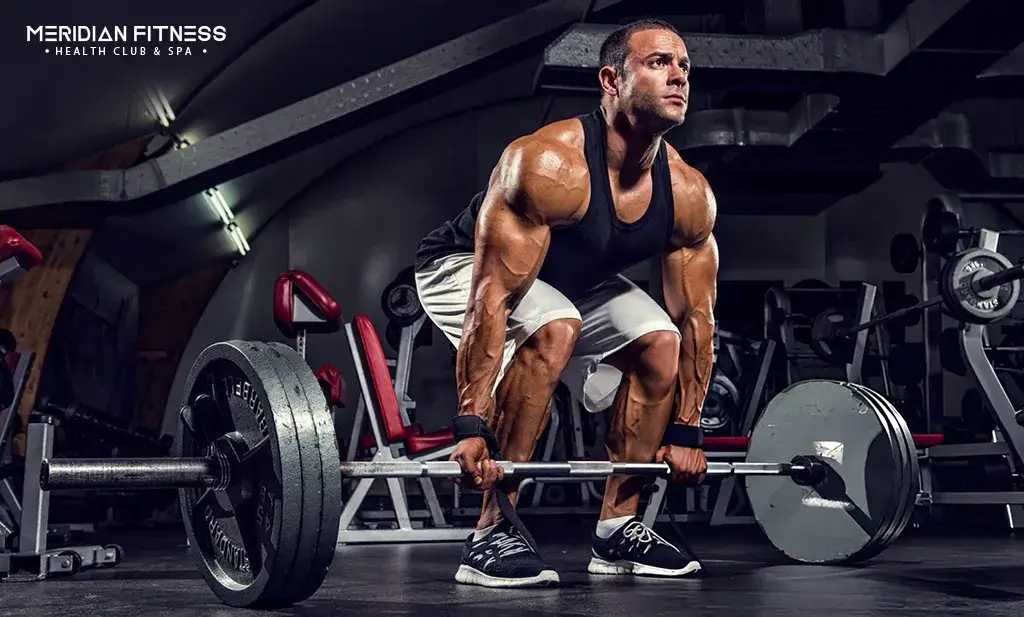
If there’s one exercise you should prioritise for hamstring development, it’s the deadlift. Deadlifts are a compound movement, meaning they work multiple muscle groups at once, with a particular focus on the posterior chain (the muscles along the back of your body). This includes your hamstrings, glutes, and lower back.
How to do it:
- Stand with your feet hip-width apart, toes pointing forward, and a barbell in front of you.
- Keeping your back straight and chest lifted, bend at the hips to grab the bar with an overhand grip.
- Engage your core, press through your heels, and lift the bar by straightening your hips and knees until you’re standing upright.
- Slowly lower the bar back down by hinging at the hips, keeping your back flat and the bar close to your legs.
Why it works?
Deadlifts are one of the best exercises for overall strength, but they specifically target the hamstrings by stretching and contracting them through a full range of motion. You’ll feel the burn in your legs, but you’ll also develop power throughout your entire lower body.
| Pro Tip: Try variations like the Romanian deadlift or single-leg deadlift to challenge your hamstrings further and improve your balance. |
2. Glute-Ham Raises: The Ultimate Hamstring Isolator
When it comes to directly targeting your hamstrings, few exercises compare to the glute-ham raise. This exercise isolates your hamstrings and puts them to work through both the concentric (lifting) and eccentric (lowering) phases of movement, which helps develop both strength and flexibility.
How to do it:
- Position yourself on a glute-ham raise machine, securing your feet under the footpad and resting your thighs on the support cushion.
- Begin in an upright position with your body in a straight line from head to knees.
- Slowly lower your upper body toward the ground, controlling the descent with your hamstrings.
- Once you’re near parallel to the ground, use your hamstrings to pull yourself back up to the starting position.
Why it works?
Glute-ham raises force your hamstrings to work harder than almost any other exercise. The slow, controlled motion emphasizes the eccentric part of the movement (the lowering phase), which is where most muscle growth and strength gains occur.
| Pro Tip: Glute-ham raises can feel intense if you’re just starting out. Try using your hands for assistance during the lift until you build enough strength to perform the full motion unassisted. |
3. Nordic Curls: The Bodyweight Hamstring Builder
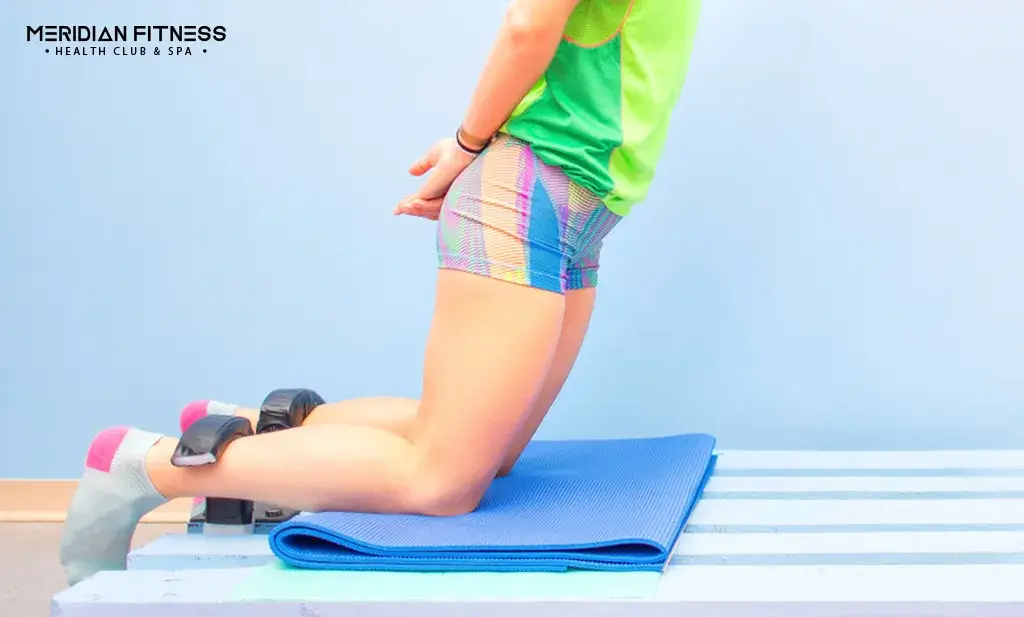
Nordic curls are another fantastic bodyweight exercise for developing hamstring strength, and they’re notorious for being challenging. Like glute-ham raises, Nordic curls focus on the eccentric contraction of your hamstrings, vital for muscle development and injury prevention.
How to do it:
- Kneel on a mat or soft surface and secure your feet under something sturdy (or have a partner hold them).
- Keeping your body straight from your knees to your head, slowly lower your torso toward the ground, controlling the movement with your hamstrings.
- If necessary, use your hands to catch yourself at the bottom, then push off lightly to return to the starting position.
Why it works?
Nordic curls are effective because they overload your hamstrings in the eccentric phase. By slowing down the lowering movement, you’re forcing your hamstrings to engage and strengthen over time.
| Pro Tip: Can’t lower all the way down yet? Start with partial reps and increase your range of motion as you gain strength. |
4. Kettlebell Swings: Explosive Power for the Hamstrings
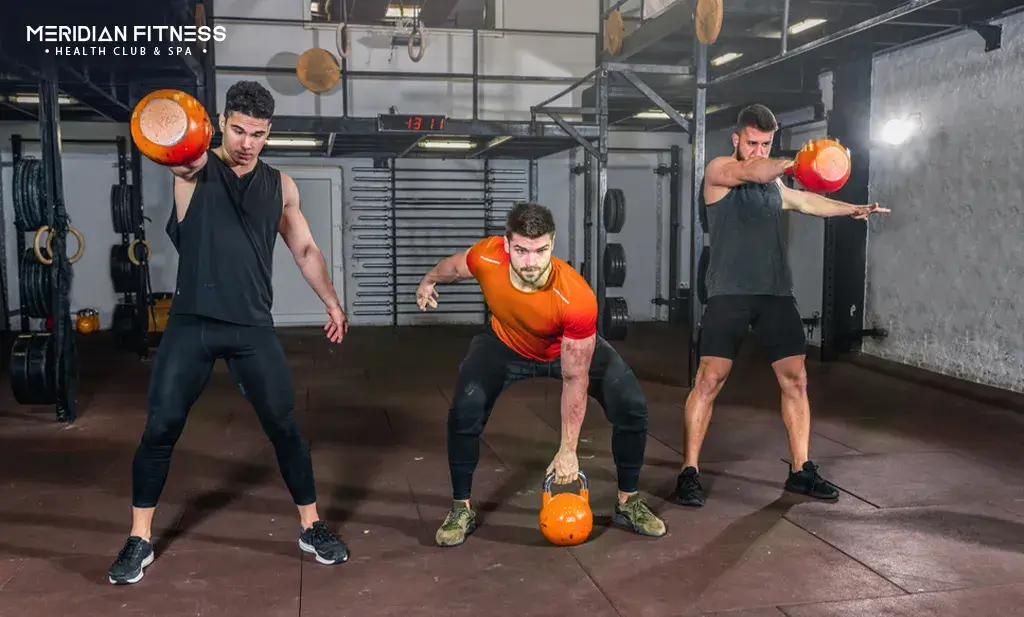
Kettlebell swings are a dynamic exercise that builds power and endurance in the hamstrings, glutes, and lower back. While they’re often used in cardio-focused workouts, kettlebell swings are just as beneficial for building strength in your posterior chain.
How to do it:
- Stand with your feet shoulder-width apart, holding a kettlebell with both hands.
- Hinge at your hips and let the kettlebell swing back between your legs.
- Using the power from your hips and hamstrings, explosively thrust your hips forward to swing the kettlebell up to chest height.
- Let the kettlebell swing back down between your legs and repeat the movement.
Why it works?
Kettlebell swings engage the hamstrings through a fast, dynamic movement that mimics athletic actions like sprinting and jumping. This explosive motion builds strength and power, making it a great addition to any workout routine.
| Pro Tip: Focus on generating the swing from your hips, not your arms. The key is in the hip drive, which comes directly from your hamstrings and glutes. |
Fitness Classes That Target Hamstring Strength
Not a fan of solo gym sessions? No problem. Many group fitness classes will help you build stronger hamstrings while adding variety to your routine. Here are a few to look out for:
- Strength Training Classes: Classes like BodyPump or CrossFit are ideal for building hamstring strength, as they often incorporate exercises like deadlifts, squats, and lunges—all of which target the back of your legs.
- Kettlebell Classes: Many gyms offer kettlebell-specific classes that focus on movements like swings, deadlifts, cleans, and presses, all of which strengthen the hamstrings and posterior chain.
- Pilates: Pilates may be known for core work, but it also emphasizes flexibility and strength in the lower body. Moves like leg lifts, bridges, and hamstring curls are common in Pilates classes, making them a great option for toning and strengthening your hamstrings.
- HIIT (High-Intensity Interval Training): HIIT classes often include exercises like jump squats, kettlebell swings, and sprint intervals, all of which give your hamstrings a serious workout while also improving endurance and cardiovascular fitness.
Consistency Is Key
The most important part of building stronger hamstrings is consistency. It’s not about doing one or two killer workouts and calling it a day—it’s about gradually incorporating hamstring-focused exercises into your regular routine and progressing over time.
Here’s a simple game plan:
- Start with 2-3 hamstring-specific exercises (like deadlifts, glute-ham raises, or Nordic curls) twice a week.
- Focus on form over the amount of weight you’re lifting. Good technique ensures you’re activating the right muscles and prevents injury.
- Add variety by including dynamic movements like kettlebell swings or taking a class that targets your hamstrings.
- Recover properly. Stretch your hamstrings after each session, and consider adding yoga or mobility work to improve flexibility and prevent tightness.
Over time, these exercises will not only strengthen your hamstrings but also contribute to better overall athleticism, stability, and posture. Keep at it, and you’ll feel the difference in how you move, perform, and recover.
